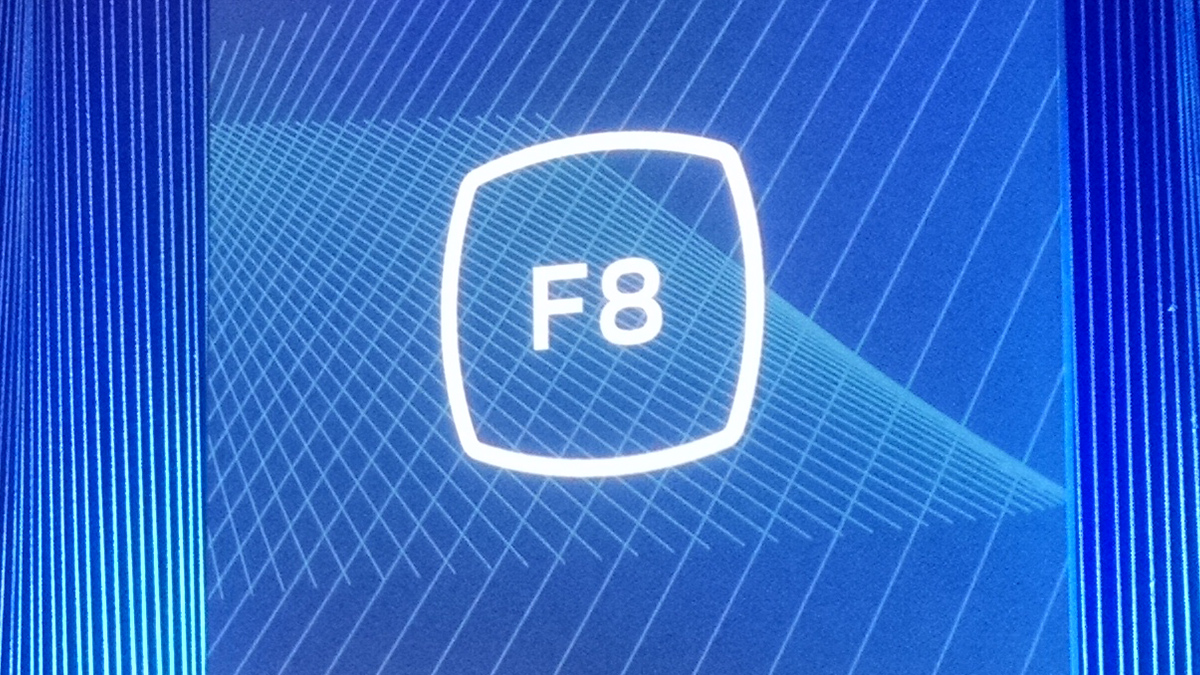
Object recognition shows context sensitive effects such as this digital rain cloud effect over a potted plant. Some of the effects looked similar to Snapchat, except that it was more sophisticated because it uses artificial intelligence to enable the camera to recognize the 3D depth of objects and thus be able to place 3D images such as imaginary objects, or 3D text, or notes, realistically within the scene.ĪR demo showing 3D text appearing to interact realistically with objects. Some of the applications that Mark demonstrated include being able to add 3D objects to a photo or video. This year the social media giant is contributing in several new projects to the open source community aimed at helping developers improve their own mobile app performance.At the F8 Facebook developer’s conference, Mark Zuckerberg announced that Facebook would focus on re-imagining your phone camera as an augmented reality platform.Īt the keynote address for the F8 conference, Mark Zuckerberg announced that Facebook would focus on building an augmented reality platform around your phone camera (instead of glasses or visors) as an initial step toward making augmented reality a part of our lives. This year we announced some exciting new additions to the React Native ecosystem: React Native for Windows, React Native for Tizen (the operating system that runs on all Samsung SmartTVs), and a Facebook SDK for React Native, which will make it easier and faster for developers to incorporate social features like Login, Sharing, App Analytics, and Graph APIs across platforms.Ī big part of Facebook’s commitment to building first-class mobile experiences is developing internal tools.

#FACEBOOK F8 VR PHOTO ANDROID#
Over the past year, React Native has fundamentally changed the way developers build iOS and Android interfaces. Some of the challenges they’re working on involve combining a sense of presence with the ability to interact with the environment and communicating through body language as well as voice. Facebook’s recently established Social VR team is exploring how people can connect and share using today’s VR technology, as well as long-term possibilities as VR evolves into an increasingly important computing platform. Virtual reality has the potential to be more social than any other platform. The team’s ongoing research efforts will enable even better ways for people to connect, with new capabilities such as language translation, image understanding that allows photos to be searched for and classified by the image context rather than tags, and classifying videos in real time to help navigate the increasingly rich content people create every day. The Applied Machine Learning team gave attendees a glimpse into the AI backbone that powers various Facebook experiences. Facebook vice president of VR Hugo Barra speaks about the new Oculus Go during the annual F8 summit at the San Jose McEnery Convention Center in San. Facebook announced two new terrestrial systems focused on improving the speed, efficiency, and quality of internet connectivity around the world: Terragraph, a wireless system for dense urban areas and ARIES, a proof-of-concept research project to provide wide-coverage connectivity to areas with low population density. Browse 1,248 facebook f8 stock photos and images available, or start a new search to explore more stock photos and images.
#FACEBOOK F8 VR PHOTO SERIES#
Schroepfer and other keynote speakers gave a series of updates on some of our long-term focus areas.įacebook’s Connectivity Lab is working on a range of new technology solutions to help connect the unconnected and improve the experience of the underserved. On day 2, Facebook Chief Technology Officer Mike Schroepfer talked about our work to connect everyone and the development of new platforms like artificial intelligence and virtual reality. While day one was a day for Facebook’s 10 year plan and announcements such as Messenger bots.

The two-day Facebook F8 developers conferece is seeing a lot of high tech announcements.


 0 kommentar(er)
0 kommentar(er)
